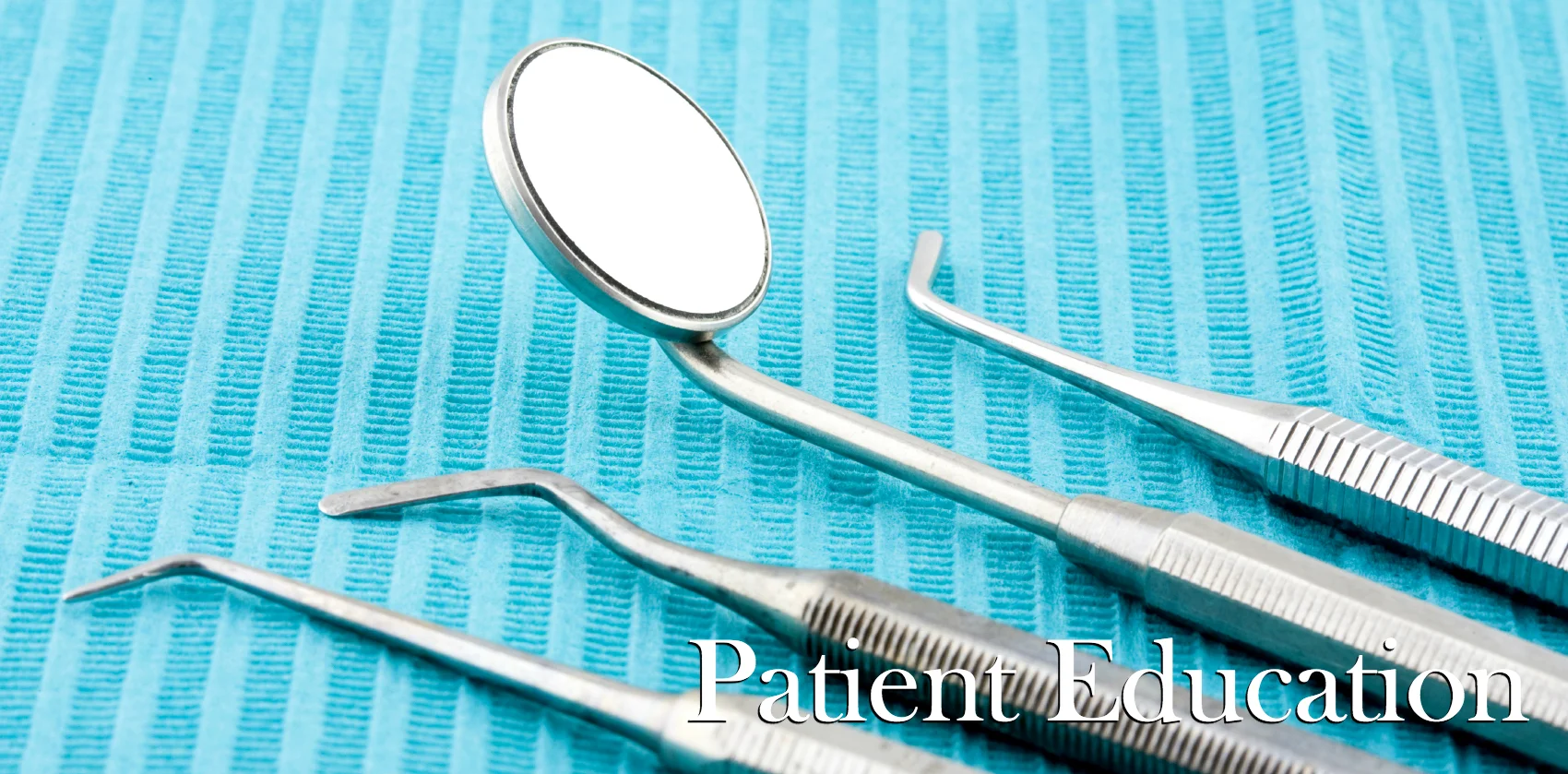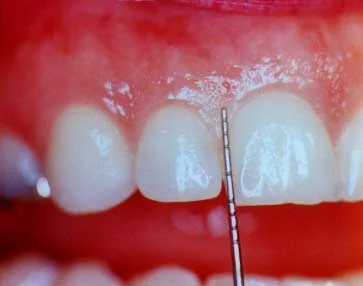Pictured: A cleaning done at Thousand Oaks Family Dentistry using an ultrasonic scaler.
If you have had your teeth cleaned within the last decade, chances are your dentist or hygienist used a metal instrument that sprayed water and made a high pitched vibrating noise. These tools, called ultrasonic scalers, make dental cleanings quicker and more effective while reducing stress on the operator. Read on for the full story!
Before the age of ultrasonic scalers, teeth were typically cleaned using steel hand instruments. Hand instruments come in a number of sizes and have different shapes to reach all parts of all teeth. While these tools are still a very important part of dental cleanings, they put more stress on the users hands, can be uncomfortable for the patient and need to be sharpened consistently. An ultrasonic scaler uses high frequency vibration and a water jet to remove plaque and tartar quickly and (typically) with less discomfort to the patient. Additionally, the constant water flush provided by these instruments can aid in cleaning out deep periodontal pockets.
All cleaning are usually finished with hand instruments as they provide more tactile feedback and thus give the dentist/hygienist a better idea of how smooth the enamel is. Ultimately, every patient leaves their cleaning appointment with tartar free enamel regardless of instruments used! If you would like to know more about dental cleanings, preventative dental care or any other oral health topics, please give our office a call!








